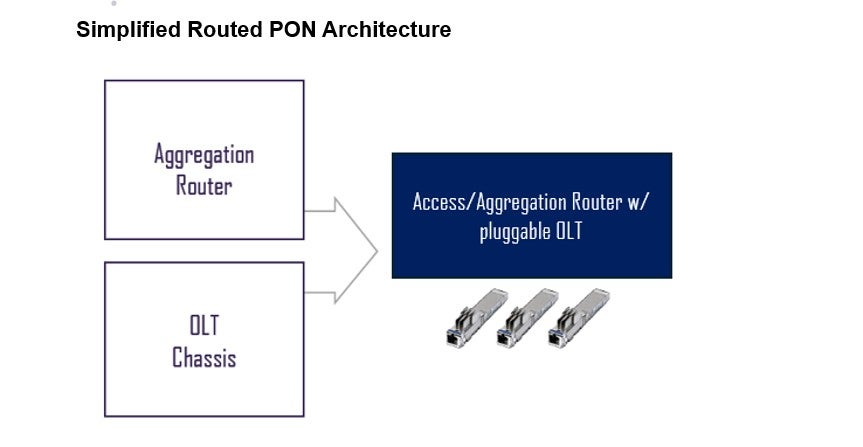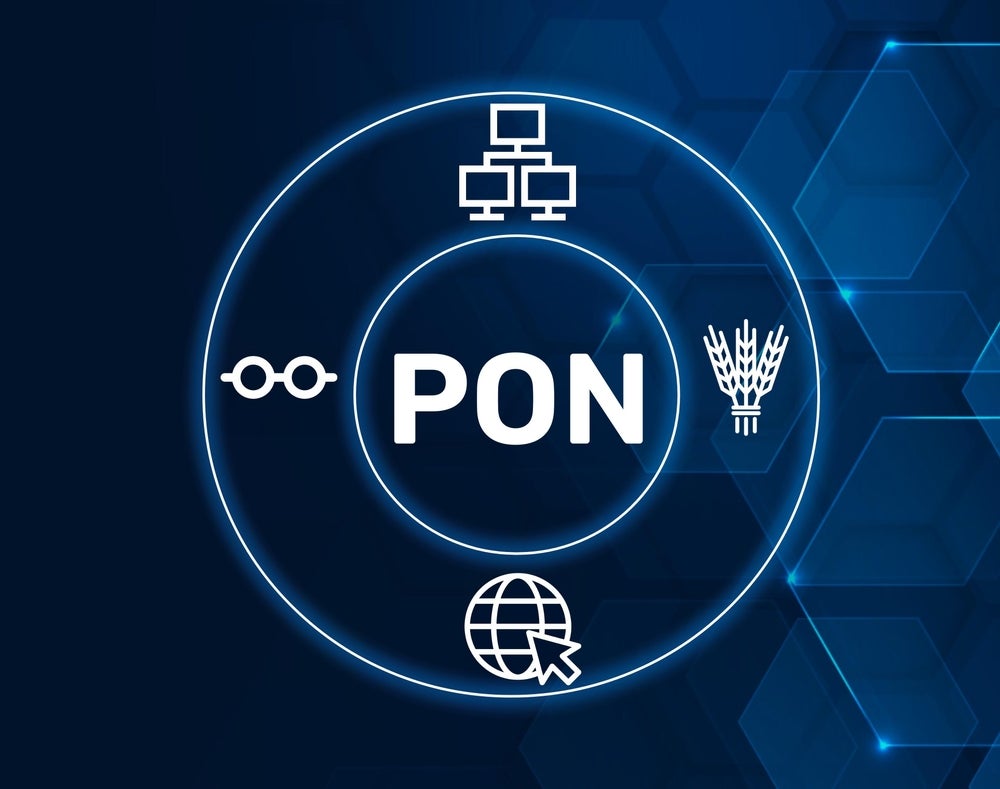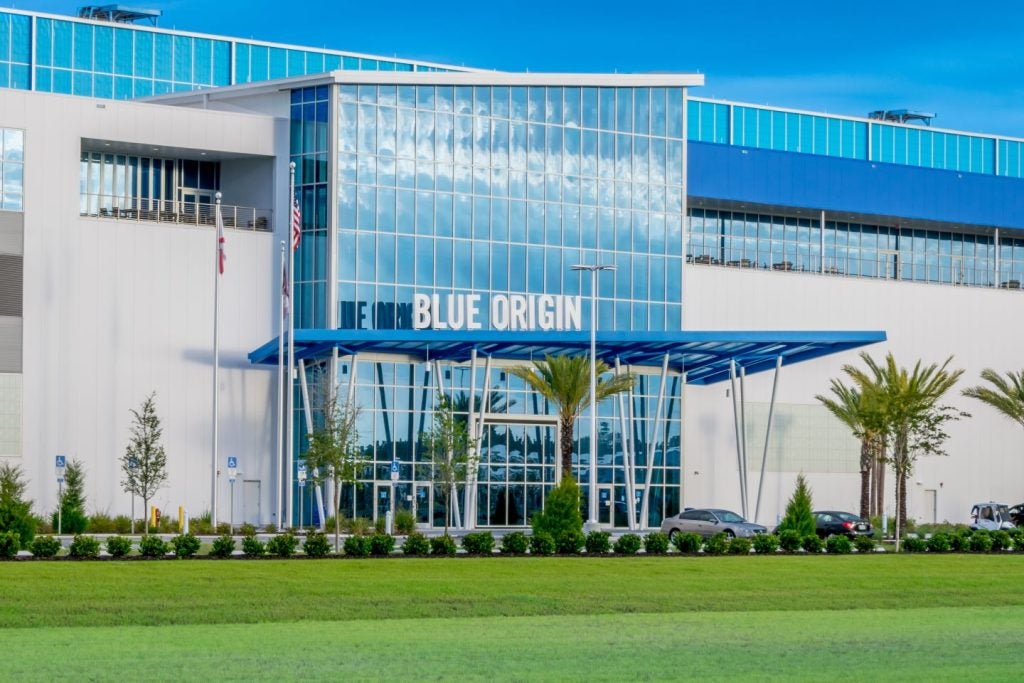Routed Passive Optical Networking (PON) is a game-changing technology that allows operators to address the increasing need for high-speed broadband services.
With the demand for digital connectivity on the rise, both consumers and businesses rely heavily on fast and reliable internet access for work, entertainment, and communication purposes.
By leveraging advancements in pluggable optics, network programmability, and interoperability, Routed PON expands existing metro networks and PON infrastructures. This expansion enables operators to deliver assured services and directly compete for high-margin over-the-top (OTT) services.
According to GlobalData’s global fixed broadband revenue forecast, the market is projected to experience a compound annual growth rate (CAGR) of 4.6% from 2021 to 2026. This growth is driven by operator investments in fiber to the home/building (FTTH/B) and government initiatives to fund fiber infrastructure investment. The global fixed wireless access market is also expected to witness significant growth across all geographical regions due to the increasing demand for high-speed internet connectivity and government initiatives to bridge the digital divide.
The revenue generated from fiber-based services surpasses other fixed access revenue projections, highlighting the opportunity for operators to capitalise on the growing demand for high-speed broadband services. The demand for AI-fueled applications has further driven network bandwidth requirements to new heights.
Additional GlobalData research indicates that this growth is fuelled by investments in infrastructure (fiber) by industry and especially government entities. Fiber is expected to solidify its position as the leading fixed broadband technology through 2028, representing 45.6% of total fixed broadband lines and growing at a CAGR of 8.7%. The demand for FTTH services will contribute to the overall stability of the segment. To deliver on this vision, operators need to adapt their network architecture to become software-driven and capable of dynamically meeting changing user needs. Competitive pressures will drive operators to enhance their digital channels and offer innovative customer engagement strategies.

US Tariffs are shifting - will you react or anticipate?
Don’t let policy changes catch you off guard. Stay proactive with real-time data and expert analysis.
By GlobalData
Source: GlobalData
Companies such as Cisco Systems have launched Routed PON solutions that can meet this challenge. Routed PON is now possible due to advances in network convergence, pluggable optical technologies, and network programmability. These advancements allow operators to incrementally add broadband connectivity and enhance the efficiency of their transport network architecture. Routed PON unites broadband, wireless, and business services on the same network backbone to ensure the highest-quality broadband services to customers.
Government initiatives and private-public partnerships (PPPs)
Government initiatives and PPPs play a crucial role in expanding fixed broadband services in both urban and rural areas. These initiatives aim to enhance connectivity, reduce the digital divide, and stimulate economic development. In North America, for example, government-backed programs such as the Broadband Equity, Access, and Deployment (BEAD) Program and the FCC Rural Digital Opportunity Fund are allocating billions of dollars to improve broadband connectivity in rural communities in the United States. In Europe, government funding programs are aligned with the broader goals of the European Commission’s Gigabit Society vision. In Asia, initiatives involve PPPs and government investments aimed at expanding internet access and improving connectivity.
In addition, there is a growing trend of structural separation of fiber-optic assets where telecom operators are creating separate entities (fibercos) to manage and deploy fiber networks. These PPPs combine government funding with private sector investment, making it a cost-effective strategy for expanding broadband access.
Monetising PON – Assured services
By offering reliable and high-quality services, operators can attract and retain customers, ultimately driving revenue growth. Enterprises can also utilise this solution to future-proof their campus networks and increase bandwidth when and where needed. Assured services, such as guaranteed bandwidth and service-level agreements (SLAs), provide a superior broadband experience. This is particularly important where uninterrupted connectivity is essential for productivity and efficiency. OTT players have leveraged use cases such as streaming video services (Netflix and Hulu) and other social media platforms, which have a high-touch relationship with the subscriber and relegate the operator value to connectivity.
To effectively monetise their PON investment, providers should adopt a customer-centric approach that shows the value of assured services. This involves understanding specific user requirements and tailoring service packages accordingly. By offering flexible plans, customisable features, and competitive pricing, operators can attract and support a diverse range of customers and maximise revenue potential.
Discover how providers can reinvent the broadband access network in the latest paper developed by GlobalData in partnership with Cisco. Download now to access the full report: https://www.cisco.com/c/en/us/solutions/service-provider/offers/assets/global-data-analyst-whitepaper.html?oid=anrrts032789








